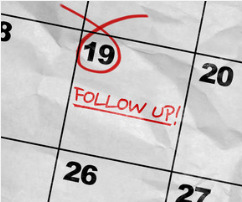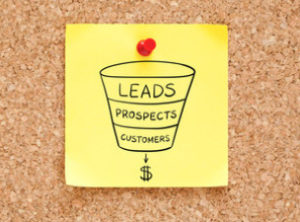Hello and welcome,
I love sharing simple tips and advice that you can implement quickly to help your business grow and this week’s tip is all about finding your audience, figuring out what they want and giving it to them!
Have you ever thought about what your audience wants? Because once you know that, you will really start to see results!

Effective marketing boils down to this: Finding an audience then figuring out what they want or need and then delivering it. Keep in mind that it isn’t always about selling them a product. In fact, that isn’t where you want to start.
Once you determine WHO and WHERE your audience is, then you can start building an email list and cultivating a relationship with them. That's when the magic really starts to happen.

You want them to get to know you. You want to provide them with helpful information, so that they learn to like you and trust you. Only then will you be able to make an offer and have them happily pull out their wallets.
A good place to start is by paying attention to your website stats. Programs like Google Analytics can provide you with a lot of information like where your readers came from, what page the landed on and where they were on your site when they joined your list. That data along with demographic information will tell you a lot about your audience.
You should always be asking questions
As your list grows and you email your readers, do your best to encourage interaction, ask them to hit reply, connect with you on social media and ask you questions. Pay attention to what they’re saying. And don’t forget to read between the lines.
For example, let’s say you’re in the fishing niche and you noticed that some of your readers are asking for suggestions on the best reels to buy or how to ty a proper fly. Do they complain about not know what works best for certain types of fish or what line to use for salt water? If you can help them find answers to their questions you will be their hero.
Dig deep and see what you can learn about your market!
Sometimes what they tell you they want isn’t the real issue. It's also a good idea to ask them for feedback and suggestions. Try to keep the questions open ended, that way you will get more information to work with.
 Better yet, consider having your readers fill out a simple little survey. It’s quick and easy to do with Google forms or Survey Monkey. When you ask the right type of questions you'll get some great insight into what your readers really want and what they are willing to pay for. Giving them a way to interact with you will also contribute to the relationship.
Better yet, consider having your readers fill out a simple little survey. It’s quick and easy to do with Google forms or Survey Monkey. When you ask the right type of questions you'll get some great insight into what your readers really want and what they are willing to pay for. Giving them a way to interact with you will also contribute to the relationship.
Lastly go back and look at the past emails you’ve sent. Pay attention to open rates, click through rates and unsubscribes. If a large percentage of readers opened the email, that’s a good indication they were interested in the topic. If they clicked link to additional content, that’s even better. If on the other hand you got a lot of unsubscribes, that might be an indication that either the topic was wrong, or your language and overall message didn’t click with your audience.
Use all the information you can collect to learn more about your audience and connect with them on a deeper level. The more you know about your them, the more effective your marketing will be and the more sales you will make!
Thank you for reading,
Lisa M Cope
If you like this post please comment, share and fill out the short form on this page to subscribe to my list so I can send you even more tips, information and blog updates that will help you grow your business online!
Recommended Resource - Here is a great blog post that shares a BIG email marketing mistake. If you're doing this you'll want to stop it immediately! Even if you decide the training isn't for you, you'll get some great info from this.
Download your free pretty blog kit here:
http://lisamcope.com/pretty-blog-plan
Zip file - No strings - No sign up required!
Inside your pretty blog planning kit you'll get 21 tips for making your blog more visually appealing along with a printable worksheet, calendar and checklist that you can use to make your blog a customer converting machine.


 your subscribers by emailing more often?
your subscribers by emailing more often? If you feel the need to mail more often then find a good reason. Explain to your readers why you’re mailing them daily. For example, if you usually publish a weekly newsletter with the occasional promotional email in between, running a 15 or 30 day challenge for your readers is a great excuse to hit their inbox daily without seeming pushy or making them feel like you're spammer.
If you feel the need to mail more often then find a good reason. Explain to your readers why you’re mailing them daily. For example, if you usually publish a weekly newsletter with the occasional promotional email in between, running a 15 or 30 day challenge for your readers is a great excuse to hit their inbox daily without seeming pushy or making them feel like you're spammer.

 The Simple Sales Funnel
The Simple Sales Funnel
 Your job, as the business owner, is to ensure that your funnel leads buyers naturally from the top, free offers all the way to the bottom. The more buyers you can keep in your funnel, the more money you'll make.
Your job, as the business owner, is to ensure that your funnel leads buyers naturally from the top, free offers all the way to the bottom. The more buyers you can keep in your funnel, the more money you'll make.